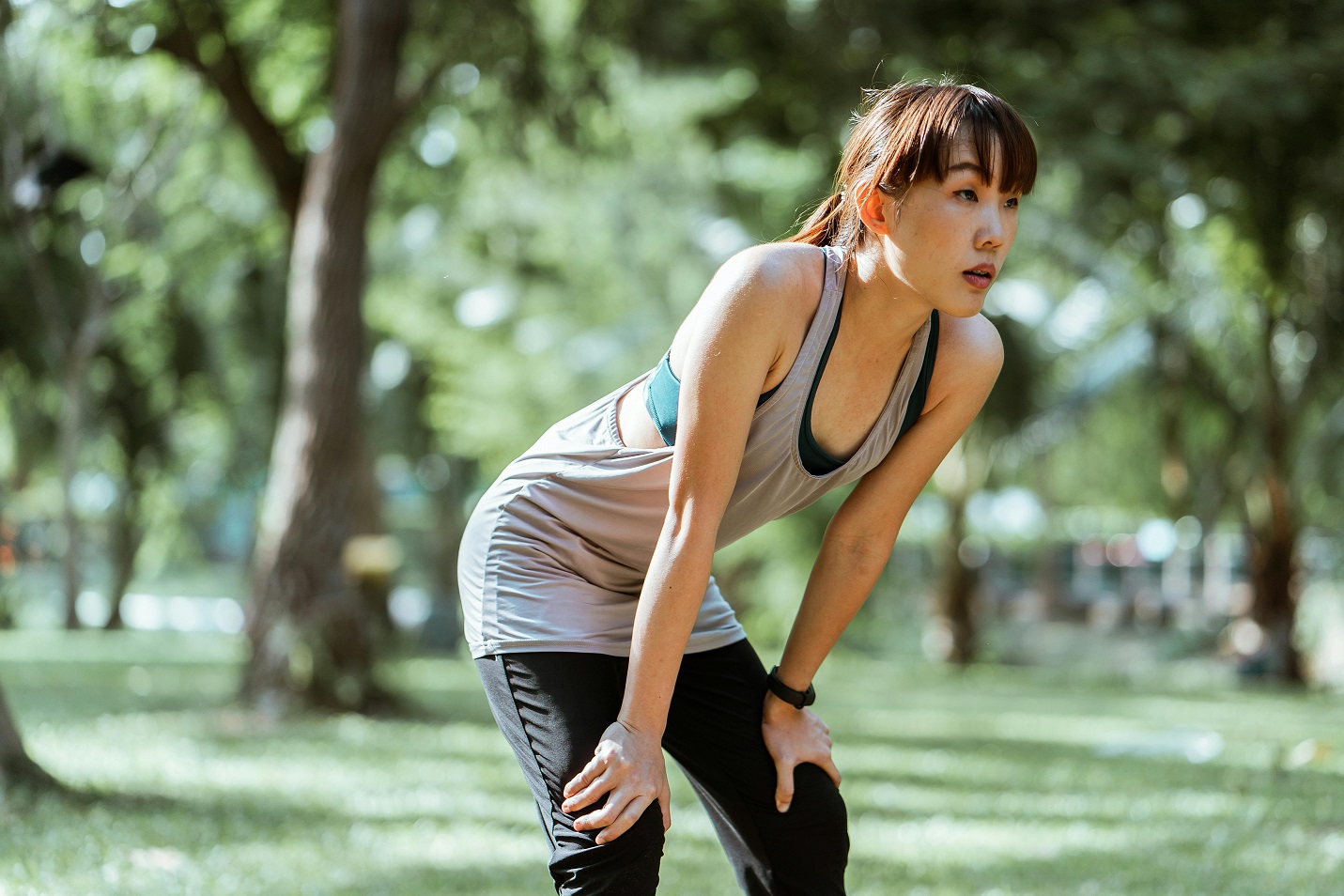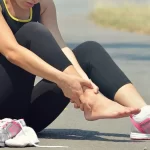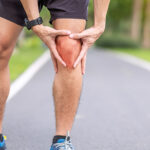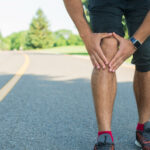Key Pointers:
- Understand what causes pain behind the knee
- Learn how to identify related symptoms and when to seek help
- Explore common conditions such as Baker’s cyst, meniscus tear, or hamstring strain
- Know what investigations and treatments may be recommended
What Does Pain Behind the Knee Mean?
Pain at the back of the knee can arise from several causes, ranging from overuse and muscle strain to joint problems or swelling inside the knee. Sometimes the discomfort is mild and improves with rest, while in other cases it signals a more significant underlying issue.
The exact location, duration, and accompanying symptoms (like swelling, tightness, or warmth) can help your orthopaedic doctor determine the likely cause.
Common Causes of Pain Behind the Knee
1. Baker’s Cyst (Popliteal Cyst)
A Baker’s cyst is a fluid-filled swelling that develops behind the knee due to excess joint fluid. It can cause tightness, swelling, and discomfort, especially when bending the knee.
Although usually harmless, large cysts may indicate underlying problems such as arthritis or a meniscus tear.
2. Hamstring or Calf Muscle Strain
Muscle strains from overuse, sudden sprinting, or poor warm-up can cause pain that radiates behind the knee. Rest, stretching, and physiotherapy often help, but recurrent pain may require further assessment.
3. Meniscus Tear
A tear in the meniscus, the cartilage cushioning the knee joint, can also lead to pain behind or along the sides of the knee. Symptoms may include swelling, catching, or difficulty fully bending or straightening the leg.
4. Ligament Injuries (ACL or PCL)
Trauma or sports injuries can damage the knee ligaments, leading to instability and pain behind the joint. These injuries often require imaging and structured rehabilitation, and in some cases, surgical reconstruction.
5. Deep Vein Thrombosis (DVT)
Occasionally, pain behind the knee can result from a blood clot in the deep veins of the leg. This condition causes swelling, warmth, and redness, and requires immediate medical attention.
6. Knee Joint Inflammation or Arthritis
Inflammation from arthritis can cause aching and stiffness around the entire joint, including the back of the knee. Long-term management focuses on reducing pain, improving mobility, and preventing further joint wear.
Other Possible Causes
- Tendonitis: Inflammation of the tendons behind the knee.
- Nerve irritation: Compression or tension in the sciatic or tibial nerve.
- Overuse injuries: Repetitive stress from running, climbing, or squatting.
An accurate diagnosis depends on clinical examination and imaging, such as ultrasound or MRI, which your orthopaedic doctor may recommend.
When to See an Orthopaedic Specialist
You should book a consultation if:
- The pain persists beyond a few days or worsens with activity
- There is swelling, redness, or a feeling of fullness behind the knee
- Your knee locks, gives way, or loses range of motion
- You recently experienced trauma or a sudden “pop” during activity
Early evaluation helps rule out serious causes and prevent long-term damage to the joint.
Managing Pain Behind the Knee at Home
For mild discomfort:
- Rest and avoid activities that aggravate pain
- Apply ice for 15–20 minutes a few times a day
- Elevate your leg to reduce swelling
- Gentle stretching can help maintain flexibility
However, persistent or severe pain should not be ignored, as it could indicate an injury requiring medical treatment.
Frequently Asked Questions (FAQ)
- How do I know if my knee pain is serious?
If pain is accompanied by swelling, redness, warmth, or difficulty walking, you should see a doctor. These symptoms may point to inflammation, injury, or a clot. - Can a Baker’s cyst go away on its own?
Small cysts sometimes resolve naturally, but recurring swelling may suggest an underlying knee issue that needs evaluation. - Should I use heat or ice for pain behind the knee?
Ice helps reduce inflammation in the first few days. Heat may be used later to relax muscles once swelling has subsided. - What tests might an orthopaedic doctor order?
Depending on your symptoms, your doctor may recommend an ultrasound, MRI, or X-ray to identify fluid, cartilage tears, or ligament damage. - Can I still exercise with pain behind the knee?
Low-impact exercises like swimming or cycling may be possible, but high-impact or twisting movements should be avoided until assessed by a specialist.
Book a Consultation at Liberty Orthopaedic Clinic
If you’re experiencing persistent pain or tightness behind the knee, don’t ignore it. Book an appointment with Dr Lee Eu Jin, Consultant Orthopaedic Surgeon at Liberty Orthopaedic Clinic, to determine the underlying cause and discuss treatment options. Our clinic provides comprehensive evaluation and management for knee pain, injuries, and joint conditions, helping you return to movement safely and confidently. Book an Appointment. Take the first step towards relief and stronger knee health today.










